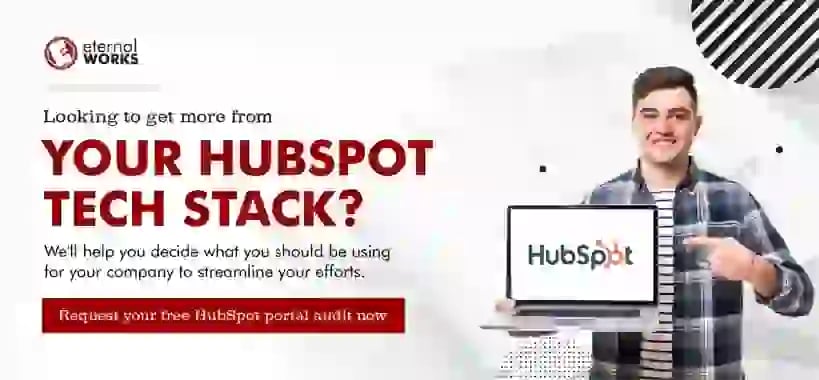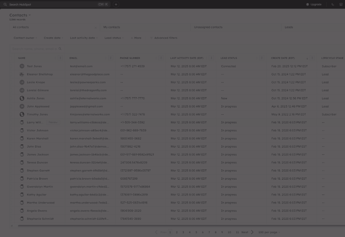What is Customer friction?
If you've studied customer experience design, marketing, or other related fields, you might be familiar with the term “customer friction,” as it remains a key element in how prospective buyers interact with your business. Specifically, customer friction refers to any negative aspect or stumbling block your customers experience throughout their customer journey. If customer experience is the protagonist in the story of your company’s efforts to reach each individual buyer, then customer friction is the antagonist hampering your efforts to reach them fully.
The goal of any successful product manager, then, is to reduce the amount of customer friction present in any given customer journey, up to the point of eliminating it entirely. However, this isn’t to say that it is only present at one point; customer friction is dynamic and can appear (or even disappear) based on other related factors.
Why do frictionless payments matter?
While other business units like marketing and operations have a key hand in developing strategies and fulfilling them for your business, it’s in the actual sales interactions with your customers that the organization sees revenues. Customer experience, which is a combined effort of the many different strategies running concurrently to better guide your customer toward that purchase, is constantly undermined by the many friction points along the way. Some of these friction points even occur at the point of transaction, which can hinder that sale and possible future sales. In addition, research shows that negative interactions are much easier for customers to recall and associate with your business than positive ones.
The last thing you want is for your customer to go through the entire customer journey only to suddenly be turned off by friction toward the end of the process. What’s worse, particularly bad friction points can cause that customer to ward off other potential customers from your business due to their negative reactions.
What does friction in the buying process look like?
Friction is easier to identify in certain cases, but it is much harder to see down the line in the customer journey. Additionally, a customer friction point at the end of the journey likely has a much more profound effect on your customer’s willingness to complete the transaction. Below are some of the most evident examples of customer friction at the end of the journey, along with some thoughts on why these friction points, in particular, affect customer experience so heavily.
Multiple tools are required to complete a single transaction
It's easy to see why some customers experience such negative reactions towards the last mile of fulfillment when they are bombarded with a slew of different tools and information needed to complete their transactions.
As regular consumers, we are conditioned to simply provide our preferred payment details and be done with the transaction. But with B2B sales, it can be tricky to complete transactions, as they require much more involvement from both the buyer and the seller. Each party needs different tools to verify payment status, schedule delivery, and even manage repeat purchases.
All these hassles contribute to a system that doesn’t have the customer in mind but rather overly focuses on bureaucratic administrative systems. This creates unnecessary friction.
Disconnected data systems
Another common friction point seen, especially in B2B transactions, is the issue of dealing with disconnected data systems within each transaction. When relying on manual processes, both front- and back-end, internal departments need to be aware of the payments coming in and out in order to attribute them to the proper customer. This usually means completing complicated purchase orders, or POs, and using systems that require consistent auditing in order to get them right.
This is painful for the customer, too, because they also have to manage a tracking system of their own to ensure they are getting the right transaction for the right price and with the right vendor. This makes their hunt for new suppliers and partners arduous as it will likely involve some onboarding process. Even customers that work with one company branch might need to be re-onboarded when dealing with a separate department managing a different product. With these disconnected systems, you’re simply erecting more barriers the customer has to break through. After dealing with the many layers of a B2B transaction, their patience is likely wearing thin.
How can HubSpot Payments help the buying process?
It's important to realize the processes that create friction in the buying process for your customers are not etched in stone. They are simply temporary roadblocks hindering you and your team from generating more revenue and developing relationships further. In order to enrich all parties' experiences, a CRM-powered eCommerce solution is necessary.
A solution like HubSpot Payments bridges the gap between your customer relationship platform and your ability to transact with them through a simple, streamlined process. HubSpot Payments is a great tool to help you integrate CRM with eCommerce to grow your company.
Centralized source of customer data
A key issue faced by the different organizations managing B2B transactions in the traditional manner is the lack of a centralized resource for all of the customer data involved in a transaction. Beyond just understanding payment details, a company looking to gain a competitive advantage will need to develop insights based on buying behaviors and link them to the relevant customer information.
But companies, especially growing ones, are often divided into different functional areas. This causes a phenomenon known as the “silo effect” to occur, where maturing businesses begin to run into diverging plans and opinions based on the self-interest of parties looking to better their own specific business units.
Through a properly crafted CRM eCommerce platform like HubSpot Payments, you can break down the information barriers present between departments by providing a holistic resource with information on almost every aspect of the customer, including their purchase behavior. This comes with the added benefit of improving productivity in cross-team collaboration, as everyone will be working with the same information.
Easier cross-functional collaboration
The appropriate systems in place that enable better collaboration between departments is key to achieving economies of scale and scope. This means your organization has a higher likelihood for innovation and new efficiencies if each department works well with and understands each others’ needs.
HubSpot Payments' integrated CRM features allow for better information sharing between customer-facing functional roles and corporate strategy-makers because the processes are streamlined and integrated within the very systems your sales representatives use to develop their customers. No longer will they need to be bogged down with administrative load consistently, and your internal analysts will not need to consistently request reports in the field as they will be able to see it in real-time as well.
Additionally, automated workflows and triggers play a large part in the collaboration. This is because automation through the HubSpot Payments platform simplifies processes based on a specific set of rules determined by you and your team. This can streamline certain business aspects and allow your organization to focus on what’s truly at the heart of the business: the customer.
Ability to craft a strategic road map with ease
When both CRM and eCommerce capabilities are combined through HubSpot Payments, one result is a convenient shared space where internal shareholders can better understand different customer behaviors and key linking demographics that might influence their buying habits. All of this translates to a more robust customer journey and strategic road map for your business.
These insights are key to B2B sales, as it remains a largely customer-engagement-focused industry. When you understand what customers do before, during, and after they make a purchase, you can begin to unlock new strategies to meet and exceed their expectations.
Increased effectiveness of customer engagement efforts
Speaking of engagement efforts, every company wants its customer touch points to be more effective. As such, combining CRM and eCommerce capabilities can develop these efforts and introduce capabilities for touchless selling without the need for a dedicated sales team.
Not every customer requires the same engagement system throughout their journey. Giving your organization the flexibility to allow for lighter-weight engagement strategies can be invaluable in generating more leads with much less capital investment required.
Key Takeaways
Customer friction is present in almost every aspect of the customer journey, but none more so than the last mile of completing the purchase. As such, having a frictionless payment system is paramount to breaking down those journey barriers for a smooth experience. These friction points vary in scope but usually manifest in the different tools needed during transactions and problematic disconnected data systems related to the information around these systems.
HubSpot Payments can be your solution. The CRM eCommerce platform has several key features that can mitigate and eliminate many of these customer friction points, such as
- Centralized sources of customer data
- Easier cross-functional collaboration
- Ability to craft a strategic road map with ease
- Increased effectiveness of customer engagement
To learn more about how HubSpot Payments can transform your B2B (and B2C) efforts, click here to download the Essential Guide to the HubSpot Payments system.
If you have any questions on how to get started with HubSpot Payments or if you'd like to discover other proven methods to optimize your HubSpot Portal, the Eternal Works team is here to help. Request a free HubSpot Portal Audit today.



